INTERNATIONAL DAY OF THE GIRL CHILD, 11 OCTOBER
Adolescent girls in eastern and southern Africa face increased adversity
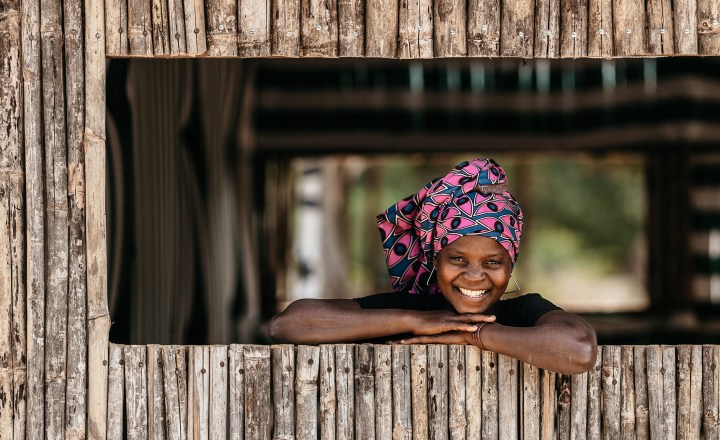
All sectors of society and all parts of government need to mount a coherent and coordinated approach to support girls to reach their potential. Together, we must elevate the social value of the girl child in all families, communities and countries. It is time for us to stand with and for girls, be accountable to them and invest in a future that affirms their agency, leadership and potential.
Girls’ sheer resilience in the face of adversity is cause for celebration this International Day of The Girl Child, 11 October 2022. While east and southern Africa have seen significant progress in strengthening girls’ and young women’s sexual and reproductive health, they remain vulnerable to child marriage, teenage pregnancy, gender-based violence and HIV infection.
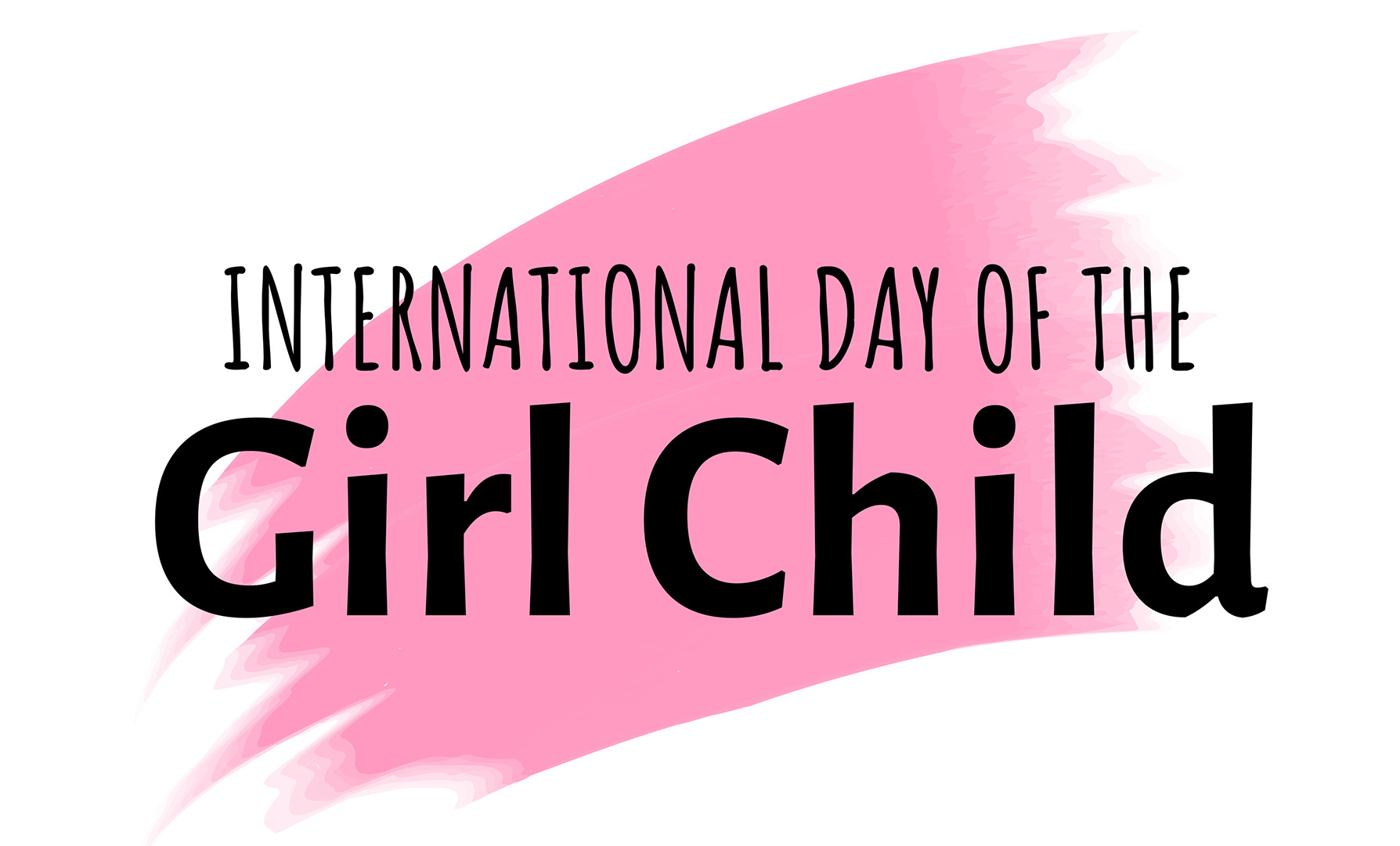
(Photo: iStock)
At the current pace, the region will not achieve the Sustainable Development Goals (SDGs) target of eliminating child marriage by 2030. Close to one-third of young women are married before the age of 18, in a region that’s home to more than 50 million child brides. While levels of child marriage vary widely in the region, two countries – South Sudan and Mozambique – are among the 10 countries with the highest levels globally (See: UNICEF (2022). Child marriage in Eastern and Southern Africa).
At the current rate, 20 million more girls will marry during childhood and adolescence in the next decade. The situation has been aggravated by internal conflicts, natural disasters and outbreaks of disease, such as Covid-19, which have disrupted progress towards achieving the SDG targets.
Child brides drop out of school to bear children, compromising their health and wellbeing, and limiting their future autonomy and potential as productive workers, change agents and contributors to African economies.
Countries in the east and southern African region have some of the highest adolescent pregnancy rates in the world, such as Mozambique, with 180 births to girls aged 15 to 19 per 1,000 births to women. These rates have been exacerbated by the pandemic, which affected access to contraceptives and school attendance by young people, and by the poor economic situation confronting families in the region (State of World Population 2022, UNFPA).
Many girls have become trapped in a cycle of poverty, with far-reaching consequences.
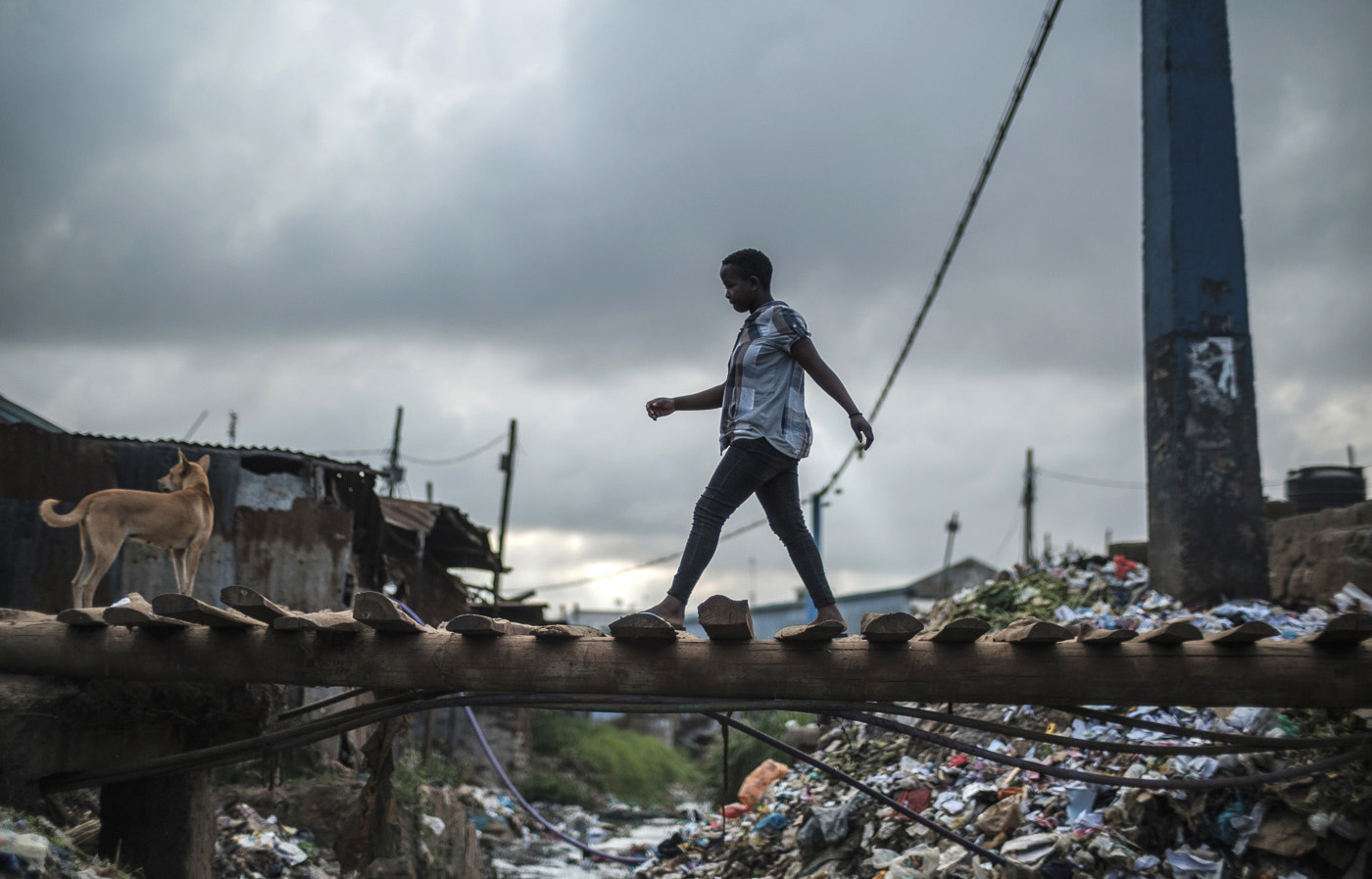
A woman walks across a bridge in the informal settlement of Kibera, in the city of Nairobi, Kenya. In resource-constrained urban settlements such as this, women and girls are at heightened risk of sexual and gender-based violence. UNFPA collaborates with the Feminist for Peace, Rights and Justice Centre to reduce their vulnerability to GBV and ensure timely access to services for survivors. (Photo: UNFPA / Eduardo Soteras Jalil)
Of great concern is the continued high levels of new sexually transmitted infections (STIs), and especially HIV, among girls in the region. Each week, 4,200 young women aged 15 to 24 years are infected, with six in every seven new HIV infections of teens being among girls. While women and girls are biologically more susceptible to HIV than men and boys, gender inequalities are also a key driver of the pandemic for them.
Moreover, the prevalence of virtually all STIs continues at alarmingly high rates, with multiple morbidities affecting the health and wellbeing, including fertility, of girls now and into the future.
Visit Daily Maverick’s home page for more news, analysis and investigations
Gender inequality and harmful gender norms, compounded by discrimination including income, education and access to sexual and reproductive health and rights (SRHR) services, are driving the HIV pandemic among young women. Intergenerational and transactional sex places girls in a downward spiral of lost education opportunities and lack of protection from intimate partner abuse and sexual violence.
Another sexually transmitted virus, the human papillomavirus (HPV), can be acquired during adolescence with potentially deadly consequences – mortality from cervical cancer is highest in east and southern Africa. Vaccination, preparing for regular screening when older, and use of barrier methods are all interventions that can be initiated during adolescence, with long-term benefits for today’s girls.
Unequal gender power dynamics and relations increase girls’ and women’s risk of gender-based violence, with increased risk of HIV infection. Moreover, female genital mutilation, another manifestation of harmful gender norms, remains a health risk for a significant number of girls in the region.
Many young women and girls lack bodily autonomy and cannot make their own decisions about their bodies without fear, violence or coercion, including whether to have sex, use contraception or access healthcare or marry. For instance, to prevent unintended pregnancy and unwanted births, adolescents need access to the full range of essential sexual and reproductive health services, which includes accurate information on bodily autonomy, family planning and a range of contraceptives to choose from.
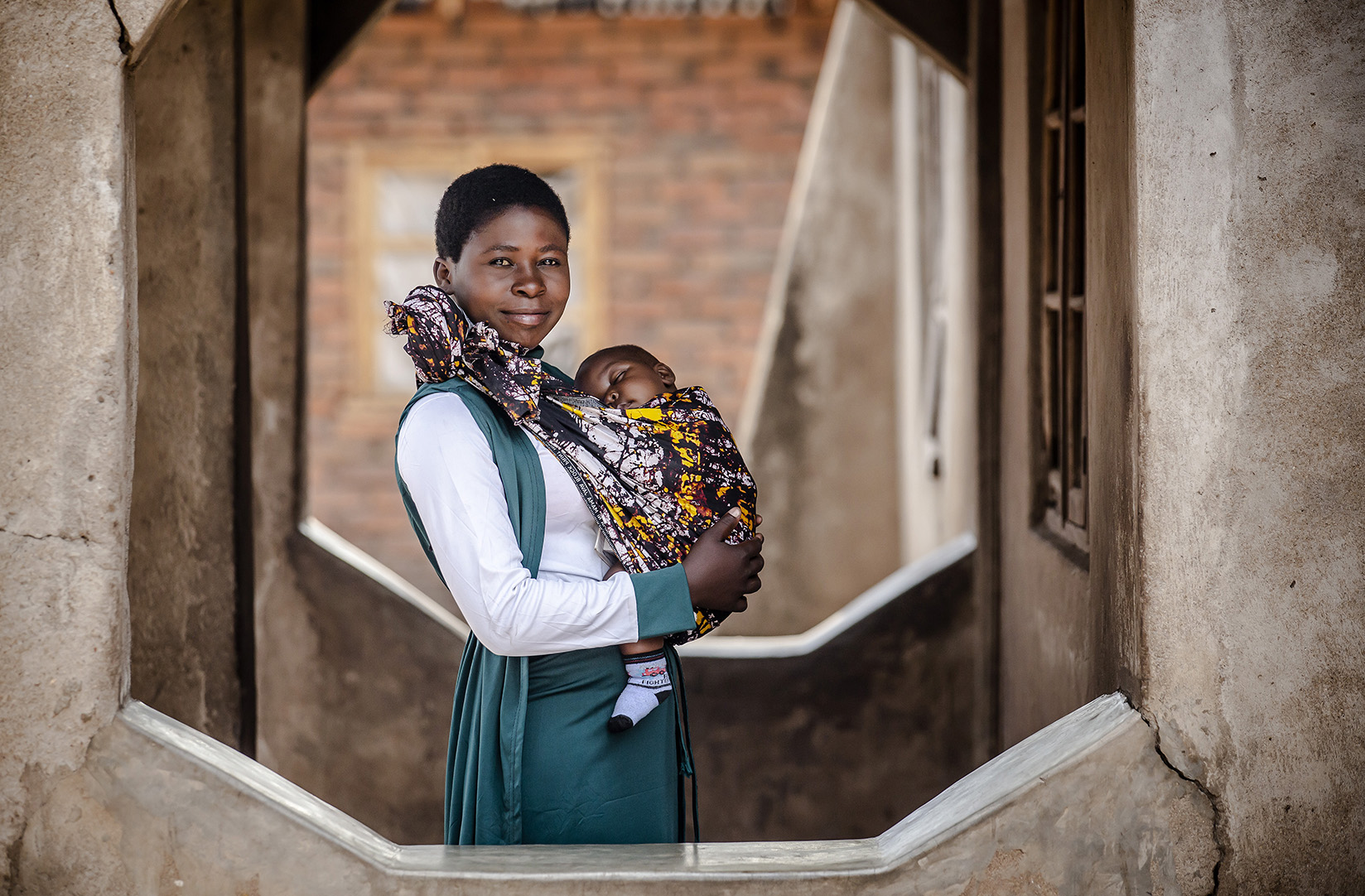
An adolescent mother and her newborn baby in Malawi. Malawi has one of the highest child marriage rates in the world — 42% of girls are married before the age of 18 and 9% before the age of 15. (Photo: UNFPA / Luis Tato)
Girls becoming pregnant following rape need access to safe abortion care, as is legally provided for in many countries. Girls also need strengthened protection services, to better prevent and respond to sexual and gender-based violence. Legal and policy barriers, and social norms and behaviours that promote child marriage, stop girls from accessing the services they need to prevent child marriage, unintended pregnancy, gender-based violence and HIV transmission. Stigma and discrimination from healthcare workers and girls’ families and communities also increase their risk.
Add to this the myriad crises that have plagued our region over the past decade – the climate crisis and its impact, humanitarian crises caused by conflicts and the impact of the pandemic.
Learning from the pandemic, it is important to build resilience at individual, household, community and system levels, to ensure we safeguard women and girls during future emergencies, shocks and disruptions.
We know that during lockdowns, teenage pregnancies, child marriage and HIV infection increased among girls, fuelled by rises in violence against girls, including rape. Young women across the region have called for enhanced accountability and the need for male engagement.
How do we change the damaging trajectory of the lives of girls for the benefit of Africa?
We do this by fuelling their dreams with the right tools to craft a life of health, wellbeing and economic productivity, informed by quality education and protection systems.
By empowering girls to achieve their full potential, we enable them to improve the lives of their families and communities, building more resilient and stronger economies. This means that all sectors of society and all parts of government need to mount a coherent and coordinated approach to support girls to reach their potential.
Studies by the Adolescent Accelerator Hub show that increasing social protection and addressing harmful social norms help to reduce transactional sex, child marriage and teen pregnancies.
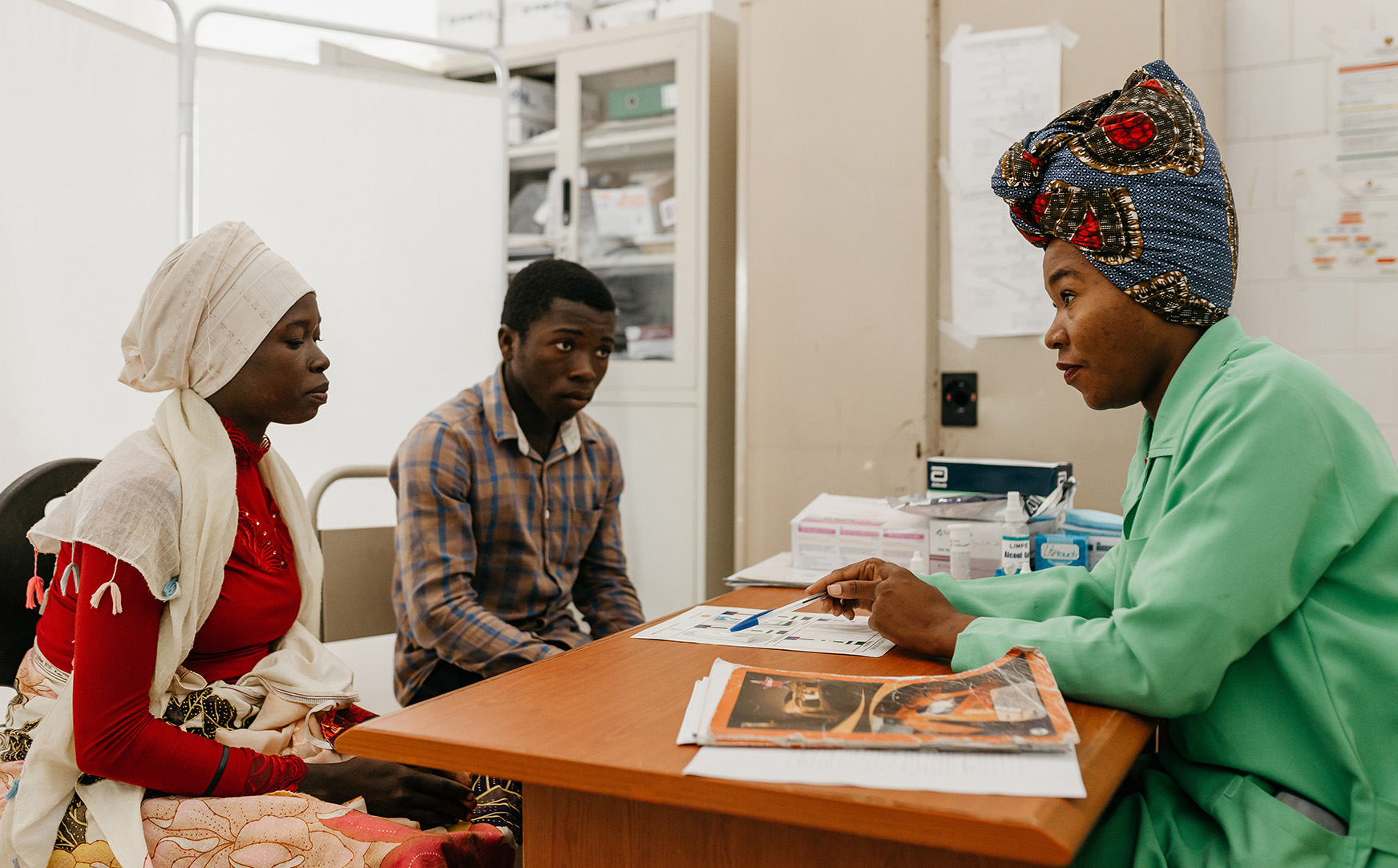
Internally displaced by the conflict in northern Mozambique, Bwana and Nguya, a young couple from Macomia district, receive family planning and ante-natal care services with Nurse Maria do Ceu at Metuge hospital in Cabo Delgado. In crises, women and girls face an increased risk of gender-based violence, unwanted pregnancies and preventable death due to complications in pregnancy and childbirth. (Photo: UNFPA Mozambique / Mbuto Machili)
Policies that empower adolescents with comprehensive sexuality education in schools also need to be implemented. Interventions like the Safeguard Young People programme and the Global Program to End Child Marriage have reached millions of adolescent girls in the region with sexual and reproductive health information and services, while the Young Mentor Mothers Programme highlights the need to address the mental health and sexual and reproductive health needs of adolescent girls.
Many countries have laws and policies that prevent adolescent mothers from continuing their studies after childbirth, thereby restricting their educational and employment potential, which harms the girls, their families and society.
We need to address the inequalities that prevent young women and girls from accessing SRHR, including HIV prevention, testing and treatment services.
Policymakers need to focus on eliminating the inequalities that are fuelling teenage pregnancies and slowing progress against the HIV pandemic.
We also need to realise human rights and gender equality.
The human rights of young women and girls, including their human right to a full range of sexual and reproductive health services, must be upheld, and violence and harmful social norms abolished.
Punitive, discriminatory and counterproductive policies, particularly those limiting access to essential SRH services and against vulnerable populations such as sex workers, gay men and people who inject drugs, must be removed and reformed. Perpetrators of violence must be held accountable.
With less than eight years to 2030 – the target date to achieve the Sustainable Development Goals – we need to act quickly to protect girls from harmful practices by ensuring bodily autonomy and gender equality.
Together, we must elevate the social value of the girl child in all families, communities and countries. It is time for us to stand with and for girls, be accountable to them and invest in a future that affirms their agency, leadership and potential. DM/MC
Anne Githuku-Shongwe is the Director, UNAIDS Regional Support Team for Eastern and Southern Africa; Lydia Zigomo is UNFPA Regional Director, East and Southern Africa; Mohamed Fall is UNICEF Regional Director for Eastern and Southern Africa; Dr Matshidiso R Moeti is WHO Regional Director for Africa); Yogan Pillay is Country Director of South Africa, Senior Global Director for Universal Health Coverage, Clinton Health Access Initiative (CHAI).

















 Become an Insider
Become an Insider
Comments - Please login in order to comment.